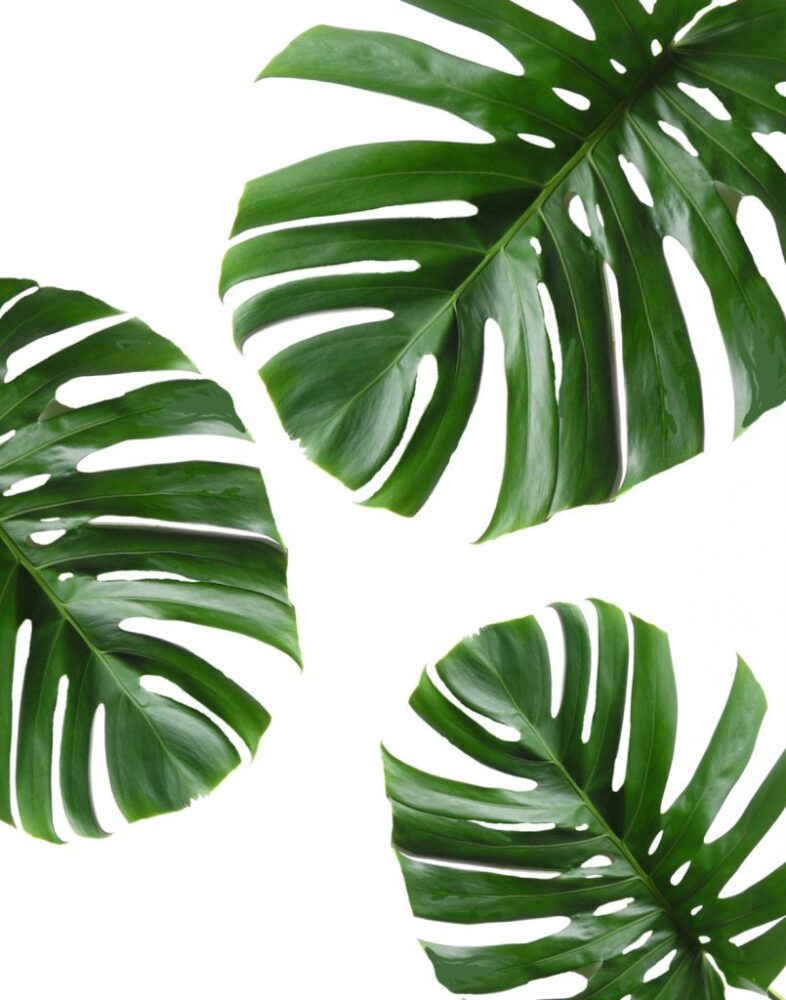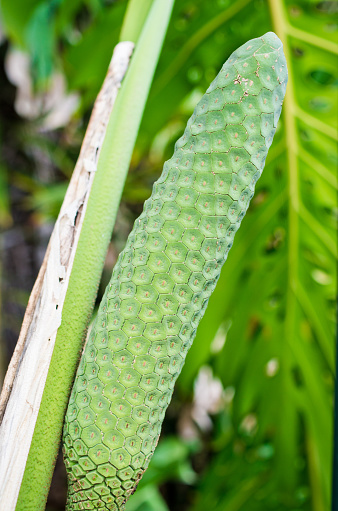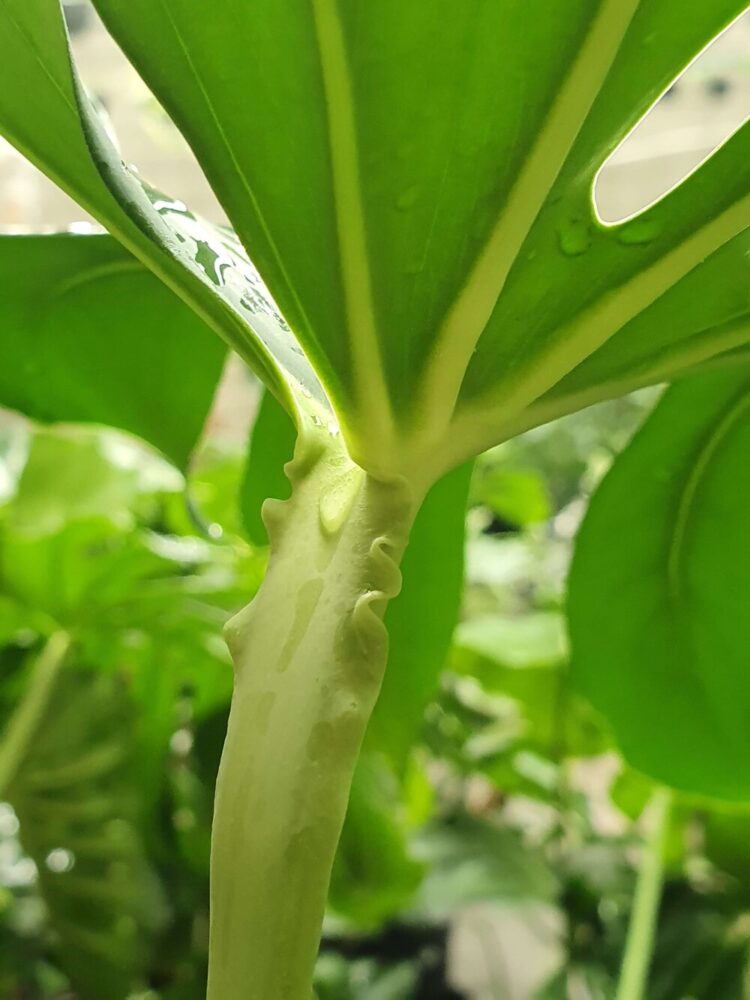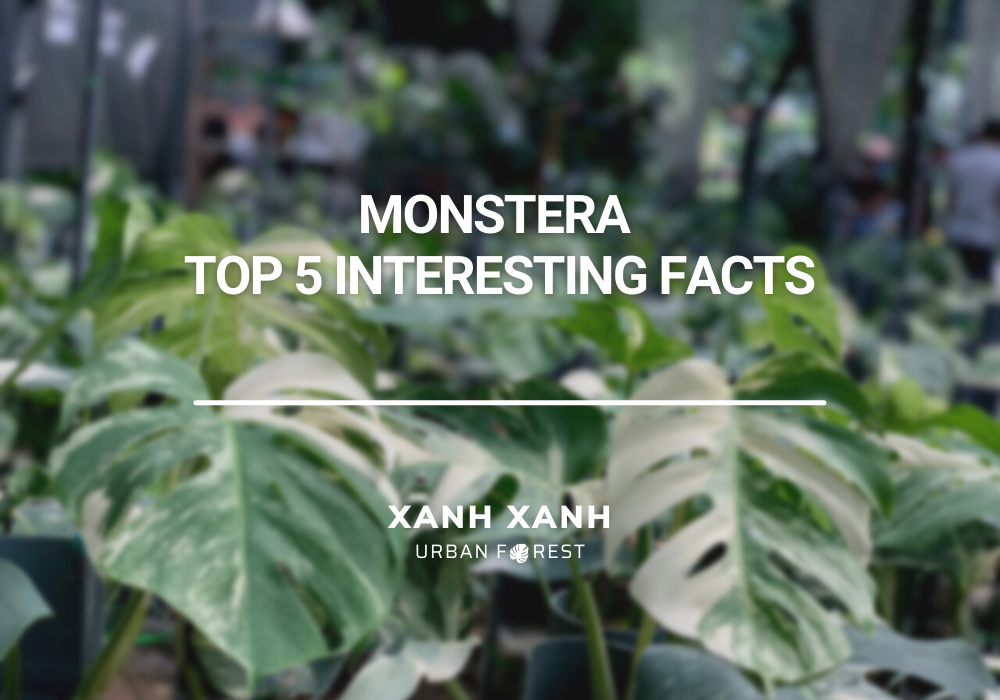Monsteras were discovered for the first time in 1693.
The Monstera Deliciosa is an uncommon plant that grows in the wild.
Charles Plumier, a French botanist, was the first to find and describe the Monstera. The finding made the French king so thrilled that he appointed him Royal Botanist. When he encountered the Monstera Adansonii, he gave it the Latin name Arum hederaceum amplis follies perforatis, which was Charles Plumier’s sarcastic way of stating it was an arum plant with powerfully pierced leaves. The really fascinating part is that you can really locate a scan of Charles Plumier’s original transcript online.

Monstera’s first description
Linnaeus, a botanist, duplicated the plant’s description in 1763, but renamed it Dracontium pertusum (from which that American breeder from fact 3 partly created his marketing name). This, however, was a disgraceful thing to do as a botanist because the Dracontium family of plants has petal-like flowers. This isn’t something the monstera has. Pertusum simply means “holes,” thus Linnaeus was correct on that one.
The French botanist Adanson gave the Monstera its formal name only in 1763, when it was already being used as a houseplant in England and Holland. It has been popular ever since, as evidenced by the fact that the Monstera was featured on the cover of the first worldwide aroid journal published by the official aroid organization.
Monstera leaves can’t create extra holes.
During the lifecycle of a Monstera leaf, no further holes can be created. When the plant first produces leaf, all gaps are already present.
Cuts are uncommon on young leaves. The lack of fenestration on mature leaves could suggest a lack of light, a low air temperature, a lack of moisture, or a nutritional deficiency!
On immature leaves, there are no cuts; on older leaves, they appear gradually. However, if the incisions were first numerous and later began to diminish, this indicates a shortage of light.
If the plant receives enough light, the older the leaf, the more holes and cuts it will have.
Yes, your monstera can be eaten.
The fruit of the Monstera Deliciosa is commonly referred to as “Fruit Salad Plant” in English since it tastes a little like just about every delectable fruit that exists. Flavors associated with this fruit include strawberry, banana, mango, guava, passion fruit, and pineapple.

The negative is that the Monstera Deliciosa’s fruit takes at least 10 months to ripen. However, there is a risk that if you consume unripe fruit, it will burn your throat badly. When the scale on the outside starts to come loose and the inside turns yellow like a banana, the fruit is ripe.
The Monstera Deliciosa fruit is unfortunately difficult to come by in northern Europe.
Monsteras have a lot of muscle.
The geniculum, or’muscles,’ of Monstera plants direct the plant towards the sun! The geniculum is the name given to this muscle. It is the point where the leaf blade and the petiole meet. Not all Monstera species and varieties are wrinkled. The Monstera genus is known for its geniculum, which allows the plant to turn its leaves towards the sun. If you need to repot or reattach your Monstera, this is a great tool to have.

Aerial roots that act in a certain way.
Climbing plants’ aerial roots frequently harm the surface on which they adhere. Consider how difficult it is to remove ivy from a structure. The good news is that among aerial roots, Monstera aerial roots are the gentleman. They don’t harm your inside, but they do serve as an additional support or food supply for your plant (when you direct them to the soil).
Do you have any additional monstera facts to share, or did you come across anything particularly interesting?

